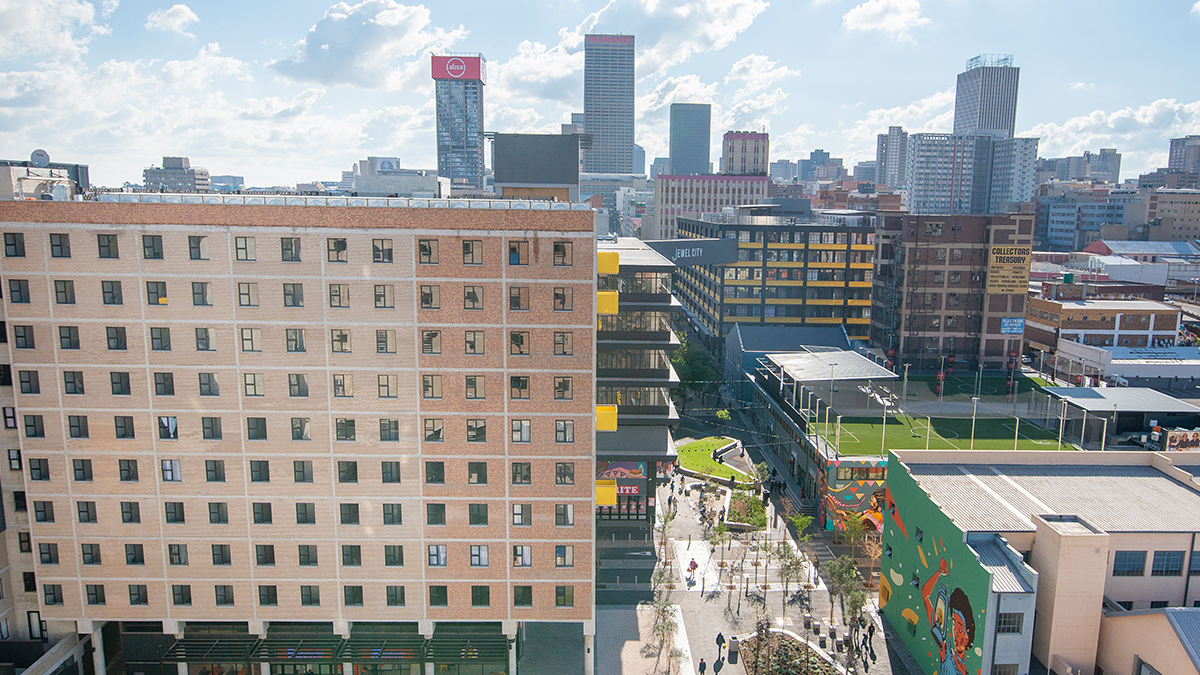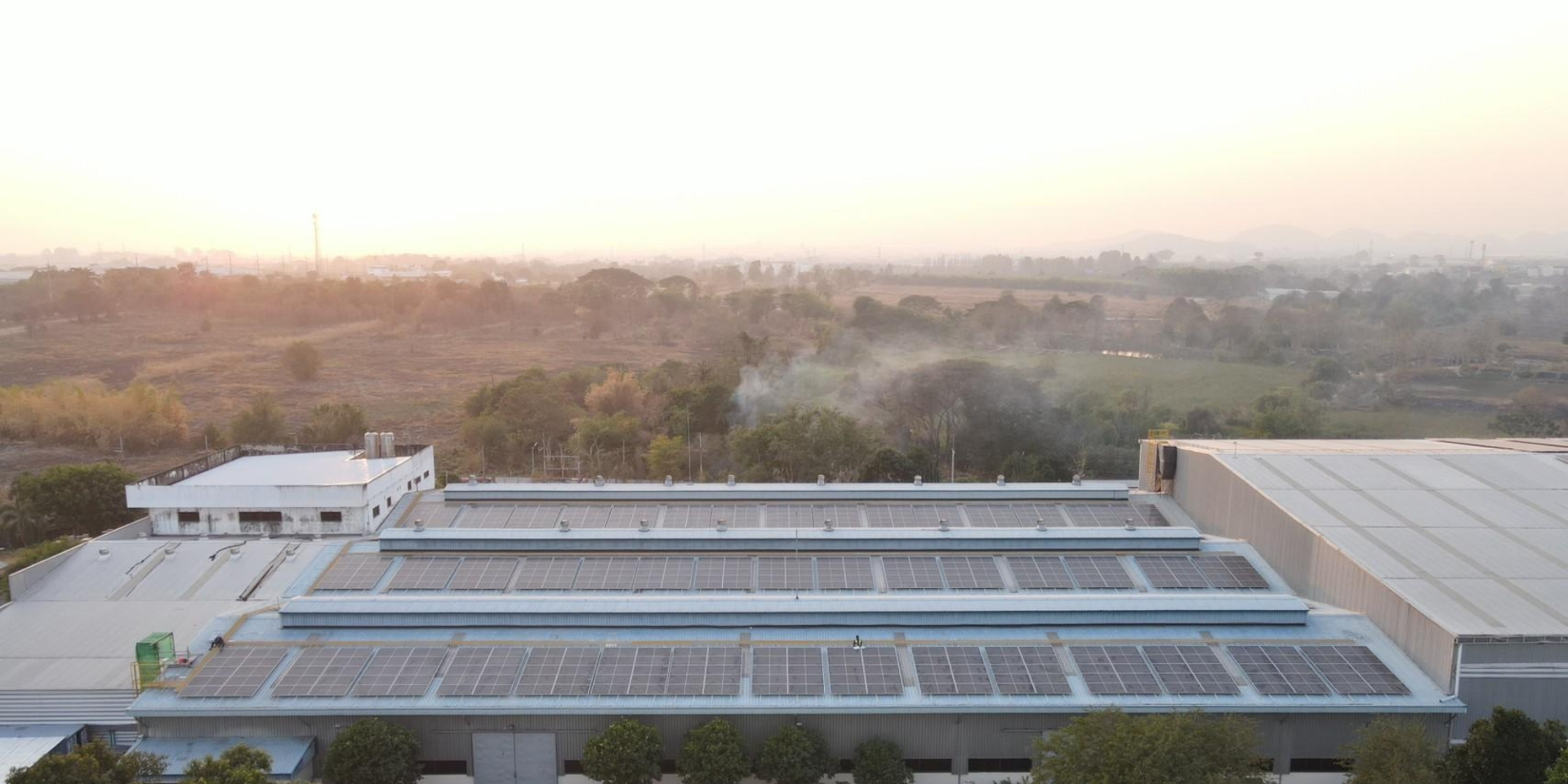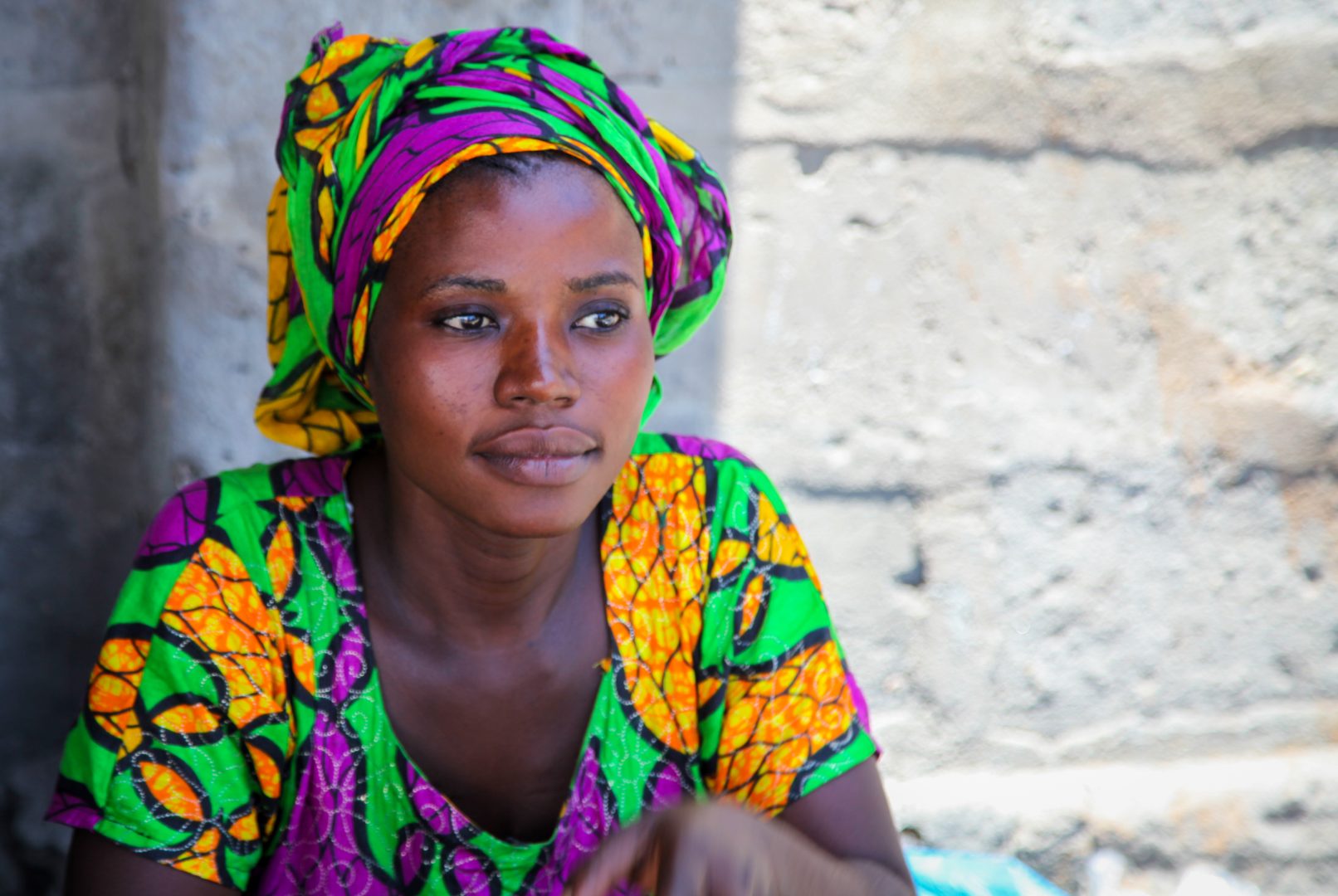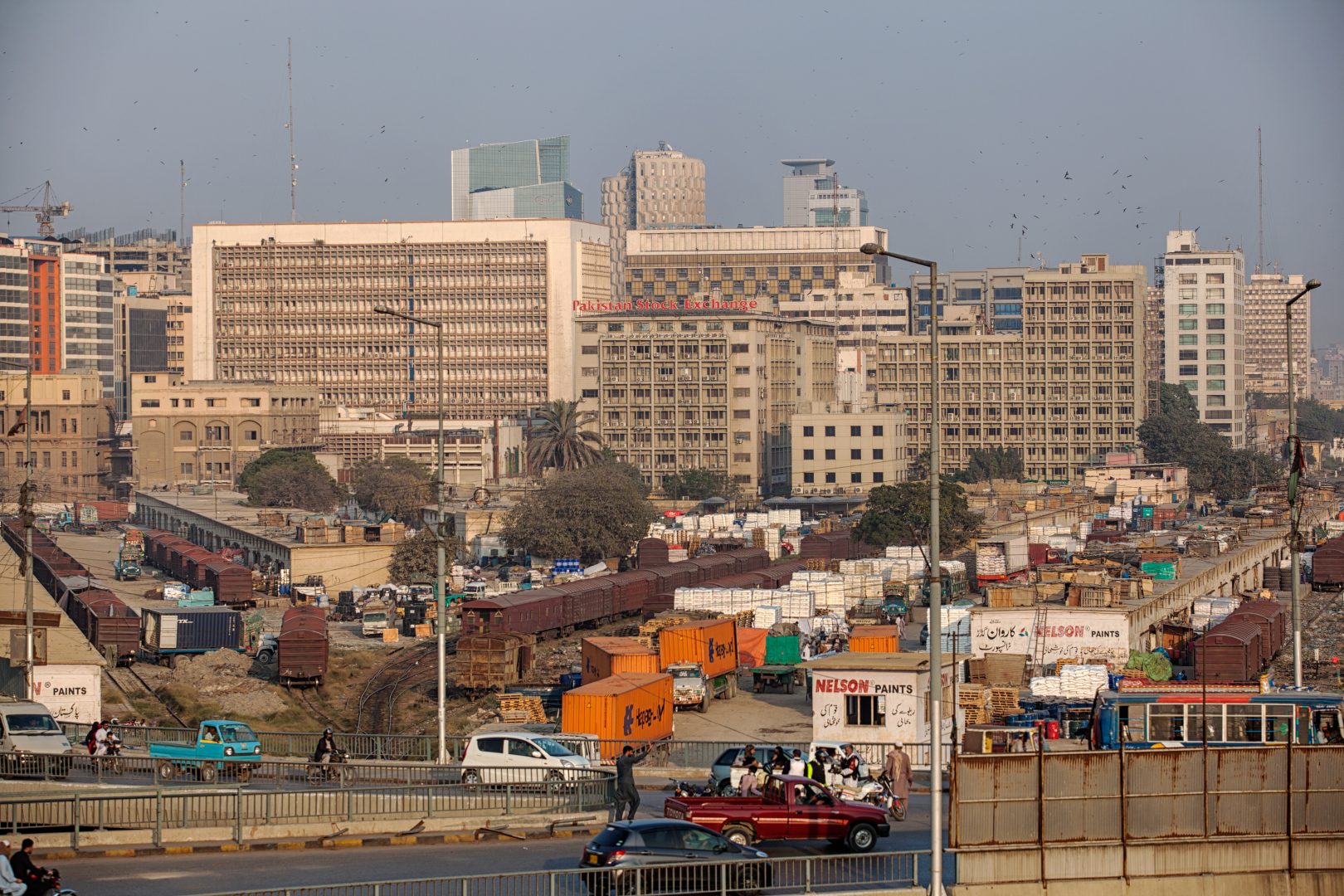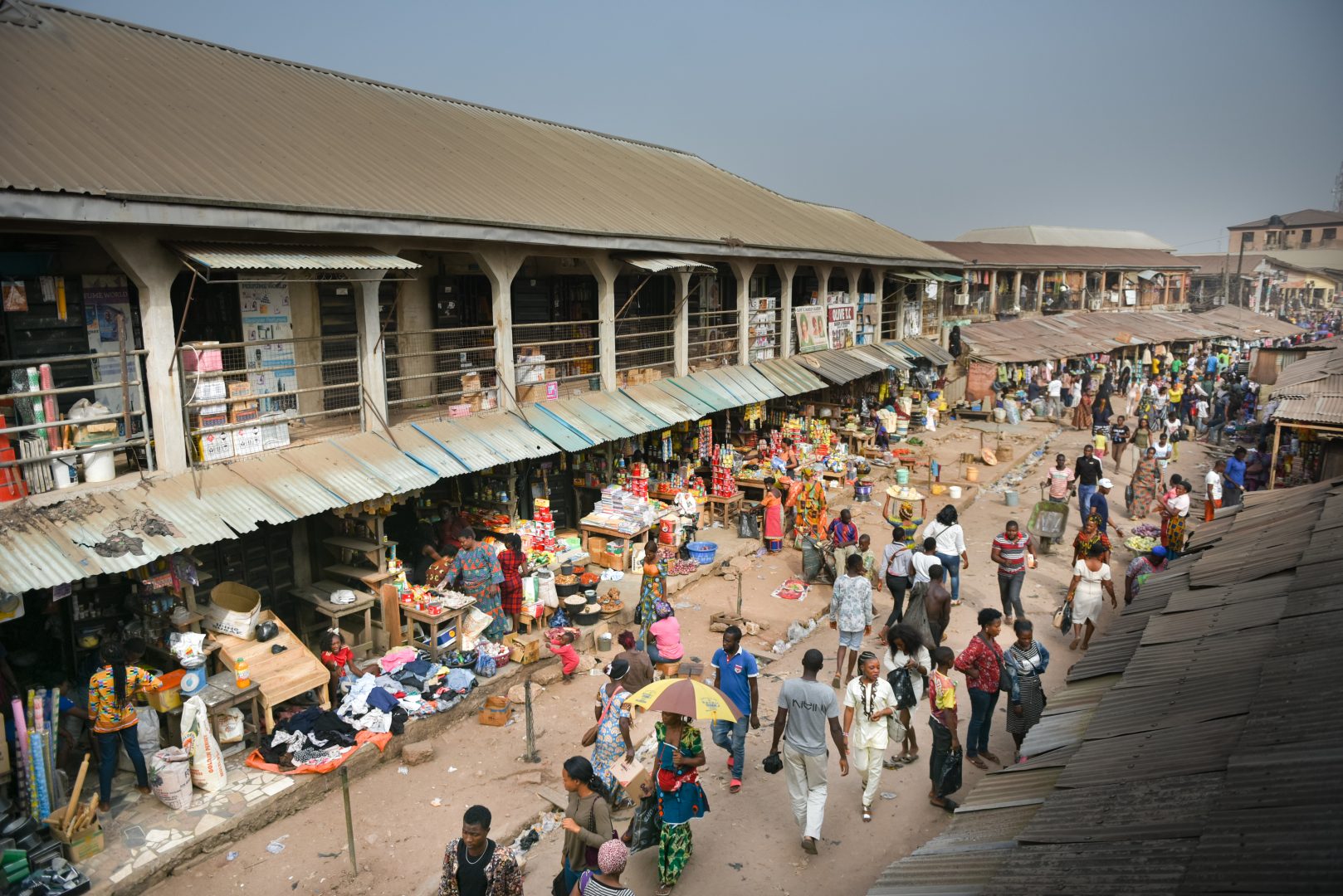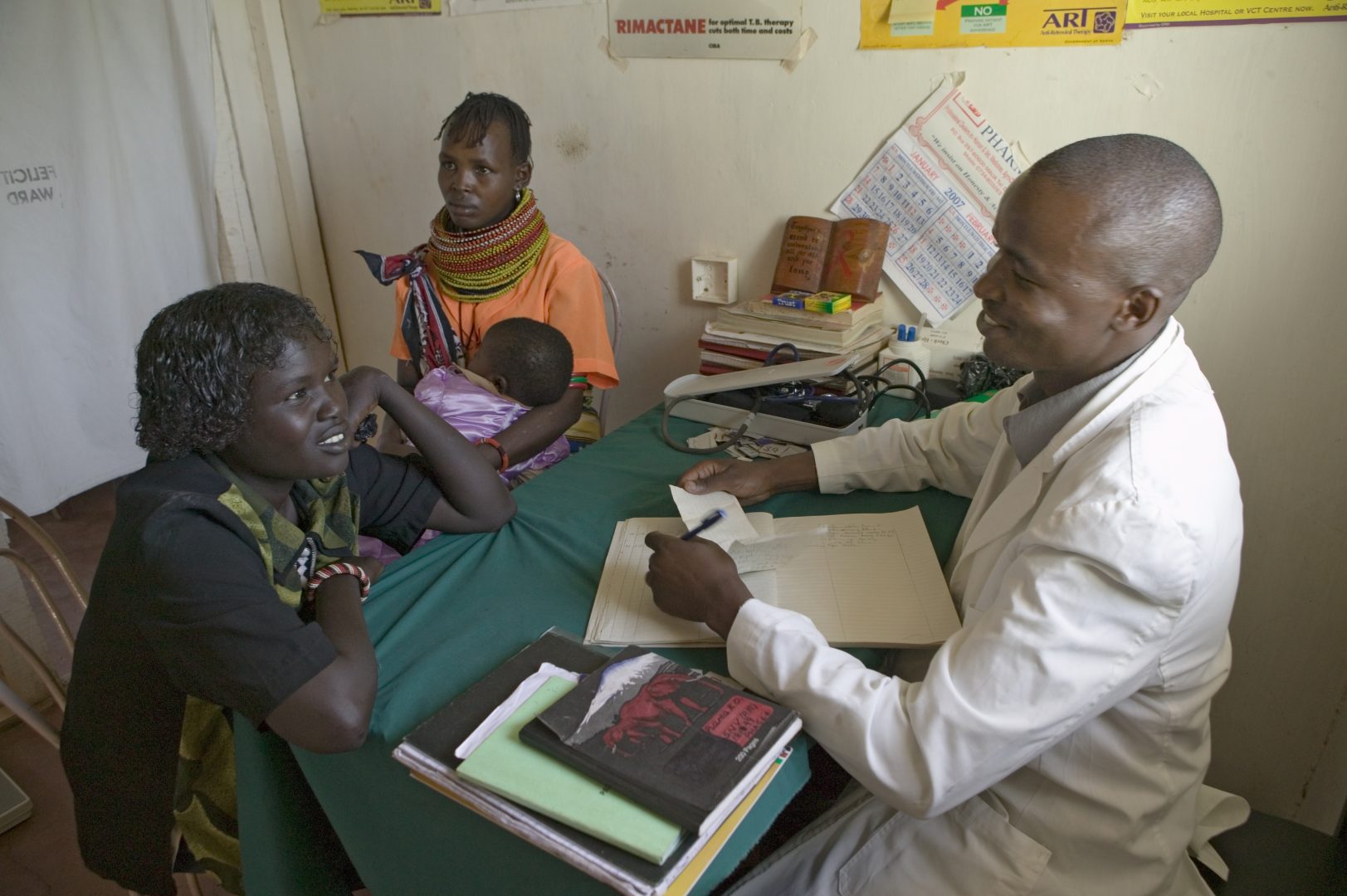How CDC supports access to housing in Africa and South Asia
In this blog piece, we share why housing is important to us and what our investment priorities are, with a focus on sub-Saharan Africa. Click here to find out more about our Construction and Real Estate strategy.
Large proportions of people in urban areas across Africa and South Asia lack access to housing which is affordable to them and meets their needs. Housing is at the heart of how we live in society, central to dignity and physical security, economic and social inclusion, and economic growth. Investing in housing aligns with many of the United Nations Sustainable Development Goals (SDG), including sustainable cities and communities (SDG 11), economic growth (SDG 8), reducing inequalities (SDG 10), and climate action (SDG 13).
Housing is a key area where impact investors like CDC – with our long-term view and flexible risk-return profile – can make a tangible and lasting contribution to many people’s lives. We do this by partnering with developers that have the capability to increase housing access and affordability at scale, while meeting our thresholds for commercial viability and investment size, and delivering to the required environmental, social and governance (ESG) performance standards.
A growing housing deficit in sub-Saharan Africa
In sub-Saharan Africa, the housing deficit is estimated at 50 million units and continues to grow as populations urbanise, perpetuating inequality and exclusion. This deficit is exacerbated by multiple factors and interrelated challenges, with gaps and blockages across the housing value chain resulting in high construction costs and low sustainability standards.
On the supply side, the market is fragmented, as few developers and contractors have track records in delivering lower-cost housing projects at scale. There is also a chronic lack of market data and industry benchmarks, even in more developed markets like South Africa and Kenya – a critical challenge in contexts where margins are tight, and customers are highly price sensitive. This market data gap constrains investment and increases the risk of project failure. Land availability, limited urban infrastructure, and a lack of experienced property operators are further challenges.
On the demand side, housing finance is a significant bottleneck. Limited mortgage availability and high mortgage costs prevent aspiring buyers from securing financing to purchase a home. Loan providers typically do not recognise income from the informal sector, and many providers do not cater to the low-cost housing segment.
CDC’s approach to growing sub-Saharan Africa’s low-cost housing market
Our approach revolves around increasing the supply of formal housing by partnering with credible developers that can deliver projects at scale and at a lower cost. The multidimensional nature of the sector’s challenges means that scale and long-term financing – key attributes of CDC’s investment model – are vital to attracting participation from private sector developers. Our investments address formal supply provision, while also using green technologies that reduce carbon emissions and ensure future climate resilience. We typically target the needs of households in the ‘gap market’, those who do not qualify for government subsidies or free housing, but who also cannot afford the lowest cost formal sector housing that is available. The characteristics of this market vary depending on local political, economic, and social factors. We also seek to invest in rental and rent-to-buy platforms that deliver benefits to households by providing decent housing connected to core services, improved access to employment opportunities, and potential pathways to eventual homeownership.
CDC is committed to expanding access to housing in South Asia while also deepening our footprint in African markets through investing directly in projects and via specialist funds. By partnering with developers who share our objectives we’re able to help them increase their capacity and build the track record necessary to attract additional capital and develop more projects, thereby unlocking further capital to reduce the housing deficit across our priority markets.
Since 2018, our US$50 million anchor investment in Kotak India Affordable Housing Fund has played a catalytic role in expanding access to housing for underserved households across some of India’s poorest states. In total, the fund will develop close to 5,000 housing units and has also supported the creation of employment in construction and supply chain jobs.
To find out more why the construction and real estate sector is important to us and what our investment priorities are, read our sector strategy.
To read insights from evidence and our experiences investing in the sector, read our Insight report, What’s the impact of investing in construction and real estate?
